Firstly, we have put these through their paces on a few outdoor activities and the scope of their usefulness is huge, especially when combined with solar panels.
Secondly, we are not power station experts, and never intended to run all sorts of technical tests comparing these units to other units and picking up on the intricacies or the pros and cons of how they work compared to other manufacturers or models.
What we have done is taken them out and used them in the woods, doing remote work with power tools, running eventsand camping; now we have an opinion of how useful they are, and how they fit with different applications and outdoor use while in the woods and wilds doing all sorts of things that require power, be that photography and video or making knives with power tools, oh yeah, we also had a music band and lights that we ran off of these!


Knife made with cordless tools powered by Bluetti Power station
First Impressions
Quiet excitement while opening the very thorough packaging. They’re weighty but not that big, and they look great. They have a lot of potential for use in the woods, especially when combined with a solar panel.
They worked smoothly after plugging a few domestic items in and turning it all on. The app downloaded and connected easily, and it’s cool to have that connectivity to the units. The wireless charging pad is hit-and-miss with my phone case on, but it works fine without it, which is a shame; my phone charges fine on my other wireless charger. Being fair though, it works fine with lots of other phones so it’s a convenient feature to have.
There are lots of outputs, making it easy to connect devices. It’s simple to use, and even though you can adjust settings, it’s useable straight out of the box, which is excellent.
We’ve had them for a month or so, and our primary use has been at the two-week Summer BushMoot event and some construction and a few social activities, where we used them for charging everyday items like phones and cameras through to running grinders and charging cordless tools for knife-making.
They’re easy to move around as needed, comfortable to carry and as a modular system, they’re very versatile. Unless you need a big capacity system most of the time, this is an excellent option that covers a wide range of applications.

Making a knife with cordless grinder
Some stats. We will put more comprehensive stats and links at the end of the review –
The AC60 –
- Industry-leading 6-year Warranty
- IP65-rated Dustproof & Water-resistant
- Expandable capacity From 403Wh to 2,015Wh
- Turbo Charging to 100% in 1 Hour
- LiFePO₄ Battery with 3,000+ Life Cycles to 80%
- 7 outlets 2xAC, 2xUSB-A, 1xUSB-C (100w), 12v, Wireless charging (15w)
- Easy & Remote Control via BLUETTI App
The B80 –
- Expansion Battery for BLUETTI AC60
- A 806Wh Standalone Power Station
- IP65-rated Dustproof & Water-resistant
- 3 DC Outlets: a 100W USB-C, a 18W USB-A, and a 12V/10A Cigarette Lighter Port
- LiFePO₄ Battery with 3,000+ Life Cycles to 80%
- Easy & Remote Control via BLUETTI App
The AC60 and B80 are connected by a supplied chunky cable that locks in place on both units
In Use
On its own, the AC60 is a useful power station, although it doesn’t hold a lot of energy compared to it’s bigger siblings (there are smaller ones as well), with a rating of just over 400w. It delivers closer to 360w or even a bit less because of the battery efficiency. Because of this, the power station can seem a bit bulky, until you consider that it’s also got a 600w inverter and AC charging built into it, so there’s no external transformer needed. I’ve gone from my initial feeling that it’s a bit bulky, to it’s a great little unit, especially when compared to some of the competition.
Even at 400w, it will run a camping fridge for about 16 hours or recharge 4x 5A Makita batteries; that’s a fair amount of cordless chainsawing or drilling capacity when you’re far from the mains.
With the B80 plugged into it, you’re looking at a couple of days of fridge and 12-13 5A battery charges.
We had a corded grinder plugged into the AC60 and B80 combo and had plenty of juice to make some knives at the Summer BushMoot. You could run the 4″ grinder for 90 minutes straight with that combo. What’s great is that if you need more juice, you can pull up to 1200w for a short time with its powerlifting feature.
If the power limits of the AC60 are an issue, it can be combined with up to 2 B80 units to give an extra 806w each for a total of 2015w. We have just one DB80 to connect with the AC60 making a combined total of about 1200w, and in real-world use, this is closer to about 1100w of usable energy.
The B80 acts as a 12vDC power hub on its own, so you can charge from USB’s very nicely.
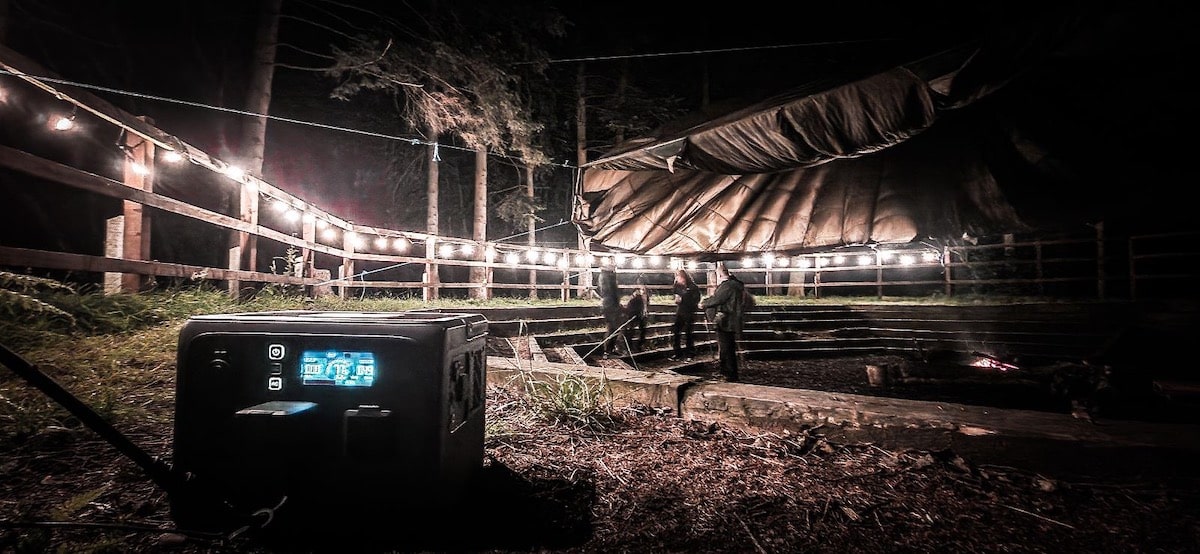
Toughness and durability
It’s early days yet, but so far, they seem robust and very portable; there are no worries with the carry handle; it’s comfortable and feels secure in the hand. The units have taken some good knocks without damage and don’t mark easily, meaning they look good and work well, even in use outdoors.
Water and dustproof
They’re not actually waterproof but water resistant, with a rating of IP65, meaning that other than giving these a full dunking, they’ll stand up to the weather fine. We had them in the rain a few times with no problems, although if you’ve got things plugged into the unit, you need to be careful how you position it so that water doesn’t run into the openings.
All the sockets have sealing rubber covers that work very well, but you need to pull these open when you’re plugging things into it, and then you’re running the risk of water ingress. This isn’t a big deal; you need to be aware of it and position the unit where it’s a bit more sheltered or unplug if it’s wet.
With the IP65 comes a lot of dust protection, which is something we don’t generally think about a lot, but it’s proven useful when we’re using the power station near where we’re working on metal and wood, lots of dust shavings that might clog another unit up just get washed or brushed off of this one.
Why LiFePO4 batteries
Lots of Power stations are using Lithium-ion batteries, which seem to have a better discharge ability, giving a few more watts to use over the LiFePO4 batteries. Some seem to prefer that, but looking into it deeper, we think the LiFePO4s are a good choice; here’s some info from LithiumHub.com, you can find more info via the link.
‘The LiFePO4 battery has the edge over lithium ion, both in terms of cycle life (it lasts 4-5x longer), and safety. This is a key advantage because lithium ion batteries can overheat and even catch fire, while LiFePO4 does not.’
Charging
When plugged into mains power for charging, it takes 45 minutes for the AC60 to get to 80%, and a full charge takes just one hour; it was plenty fast enough for anything we needed. You can also charge the B80s up through the AC60 and independently, so you plug it in, and everything charges up.
12v Car charging
You can also charge off of your car’s 12v socket. It’s slow but convenient if you’re travelling.
Solar charging
The AC60 can take input from solar panels up to 200w, which works great. We ran it with a 200w panel, which charged up in just over 2.5 hours. It can be a bit hit-and-miss due to clouds, etc, but even on an overcast day, we can hit 30w input.
For me, the solar is a game changer; it means that even with just a bit of sunshine, I can charge up these units; that’s free energy, although that has to be weighed against the outlay in purchasing the kit.
If you are mostly making short trips or have limited need of power beyond what you’re taking with you, then the addition of solar might not be for you.
What we like:
- Well made, feel tough and robust
- 6 year warranty
- Dust & Water-resistant to IP65
- Portable/easy to carry
- Reliable
- Phone control App
- Expandable power
- 100w USB-C (On AC60 & B80)
- Eco mode
What we don’t like:
- No USB-A fast charge
Conclusion
It is a great power station. They have got the balance right in portability and capacity, although I’m looking at it from the perspective of having the B80 extension battery to hand, the capacity of the AC60 works great for me because I can expand it whenever I need to.
I can use the unit without worrying about it; if it gets knocked, it’s fine; it’s not going to break; if it gets wet, it’s fine, and I expect it to get wet! That feeling of toughness is a comfort, and adds value to the relatively hefty price tag that comes with owning a power station.
All in all, it works great. It keeps a huge range of tools on the go, from phones to chainsaws, and we’ve even used it with a mixer for group pizzas. What’s not to like.
You can find more information and purchase from Bluetti HERE
Tech Specs
AC60
BATTERY INFO
OUTPUT
INPUT
RECHARGE TIMES
GENERAL
IN THE BOX
B80
BATTERY INFO
OUTPUT
INPUT
RECHARGE TIMES
GENERAL



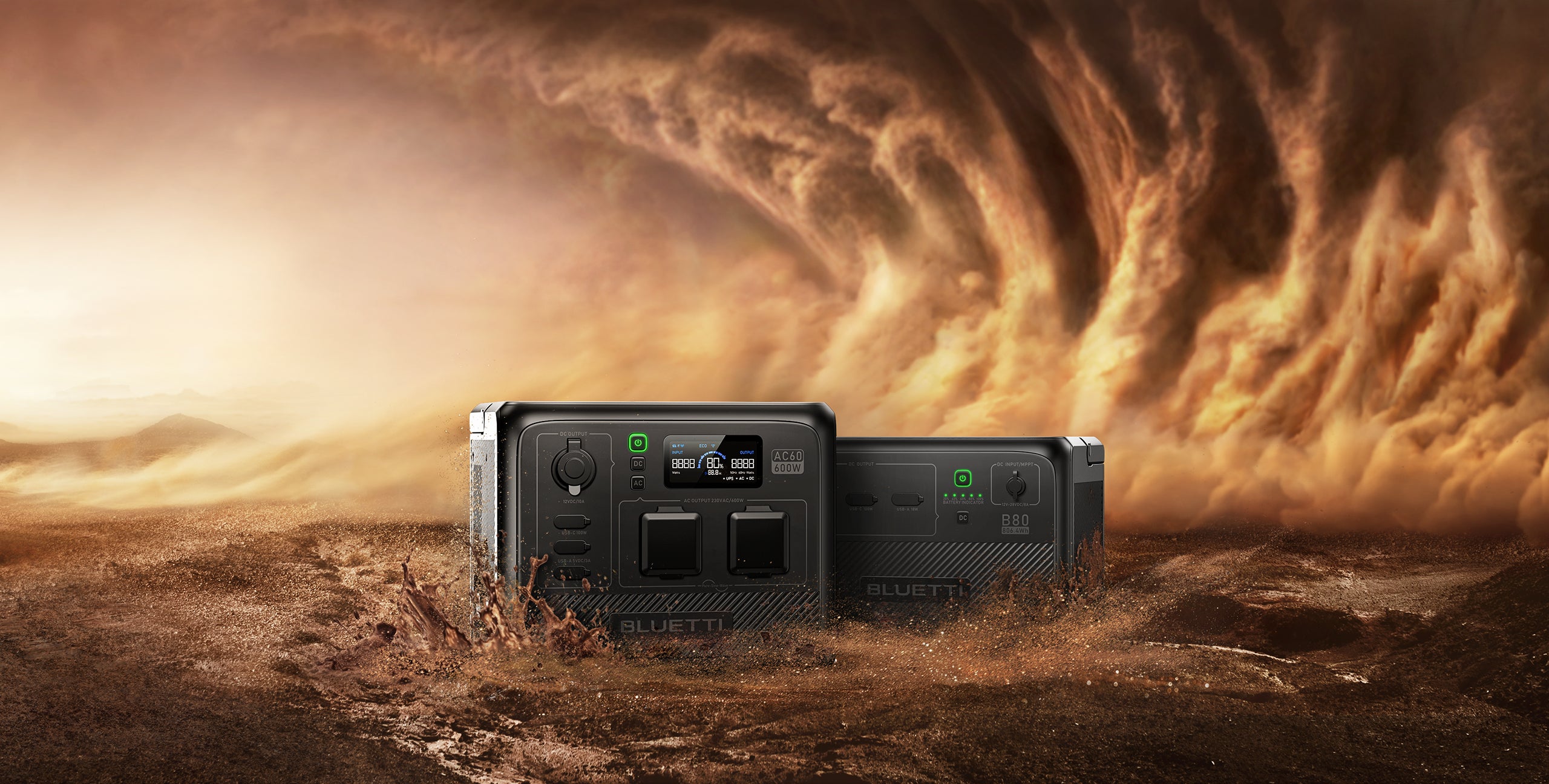

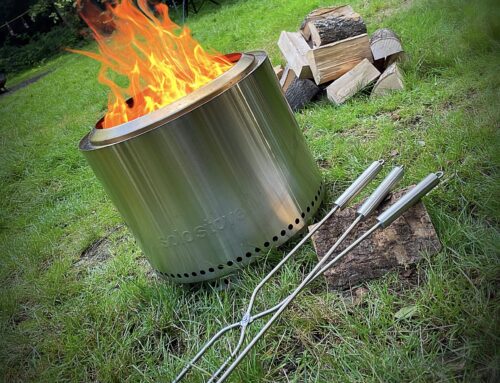
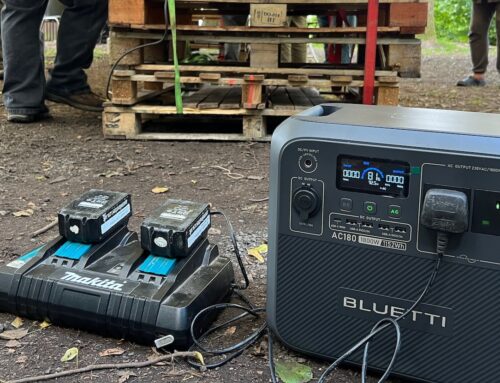

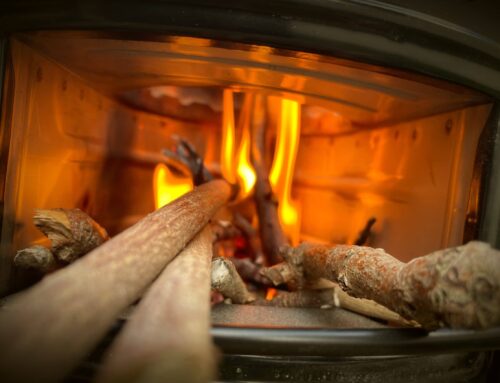
Leave A Comment
You must be logged in to post a comment.